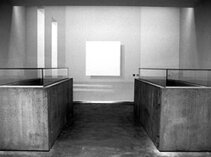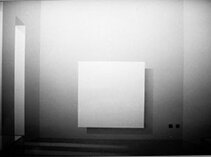Mortuary
TourHealing and recovery are the highest goals of medical endeavor. But dying is also part of everyday hospital life. In an emergency, the two hospital realities are often irreconcilable opposites for everyone involved. This results in difficult situations and questions for doctors and nurses, but also for relatives and the dying patients themselves. For this reason, nurses in seminars and an interdisciplinary committee of the clinic with management, representatives of doctors and nursing staff, psychology and pastoral care have set out over several years to address these questions and find answers. The groups were advised by Mr. Pulheim, head of the Institute for Clinical Pastoral Care Training in Heidelberg. These groups have tried to show alternative ways of dealing with the dying and the dead and have been inspired by both ancient and modern art.
Photos: Peter Bechtel
During the seminars, the groups came across the art and pictures of the painter Ben Willikens. He deals with spaces in his paintings. The painter's pictures and his painted spaces create a "metaphysics" of space, in which and through which the experience, experiencing and enduring of death, mourning, letting go and the transitional situation of the dead find expression, remain in tension with each other and are not immediately given comfort or consolation and ready-made answers.
Ben Willikens was prepared to implement the results of the in-house processes and transform them into the artistic design of a dignified space for the dead. The artist created something like a total work of art. From the suggestive light painting on the front wall to the design of the water tap and the shelf for towels, everything was under his artistic direction. The room for the dead he created is intended to help relatives, doctors and hospital staff to say farewell to dead patients who have accompanied them as dying people. The room for the dead, inaugurated in 1997, is not open to the public.




